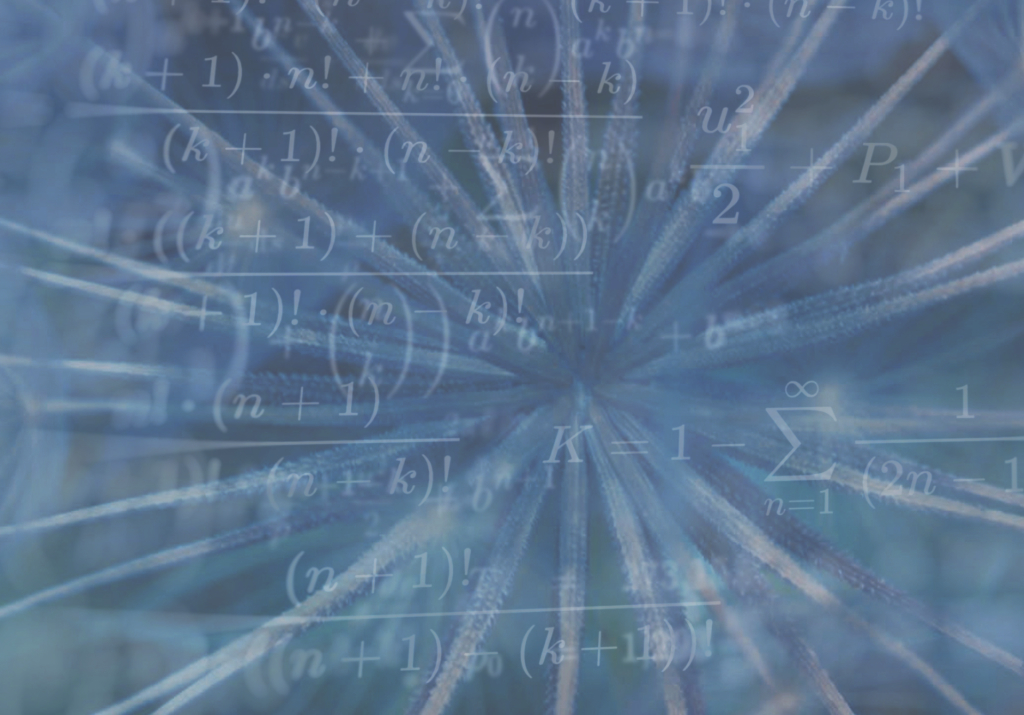Author’s Note: This is the first chapter of my novel, Against Superheroes, in its original form. It was conceived as an analysis of a tract found in space by aliens. The goal was to write from an exotic analytical perspective that misinterprets and overanalyzes the contained story, but that also contains a story in itself about the possibility that the inner story is related to the aliens’ culture. Footnotes are in their original alien translations, per the directives of my studious overlords.
Section 1
Z3 begins with a fragment from Sinister’s earliest recollections of the initial transformation:
The fear began with the realization that my right arm was becoming unusually heavy. The weight of the bracelet had not changed dramatically, but it seemed that my arm was thickening and I feared I would lower my arm and the combined artifact would slip off, risking possible damage on the tile floor, and so I reflexively swung my left arm to stabilize my wrist. The blank, formless face of the figure was less tarnished than the rest and the dim bathroom light dancing across the visage gave it a strangely animated swirling quality. Soon the weight in my arm moved through my shoulders and into my neck. I staggered and dropped to my knees.
All Z collectives know this passage, but we disagree with Z2’s reading in Peregrinations of Mythic Specialness1 that the inclusion of the specific details concerning the type of light amongst the picturesque imagery in the passage is a deliberate effort on the part of later redactors to try to concretize a mythic passage. It is equally possible to simply conclude that the author was not concerned with the overall flow of the writing but instead intended to convey facts while capturing aspects of his internal state.… Read the rest

